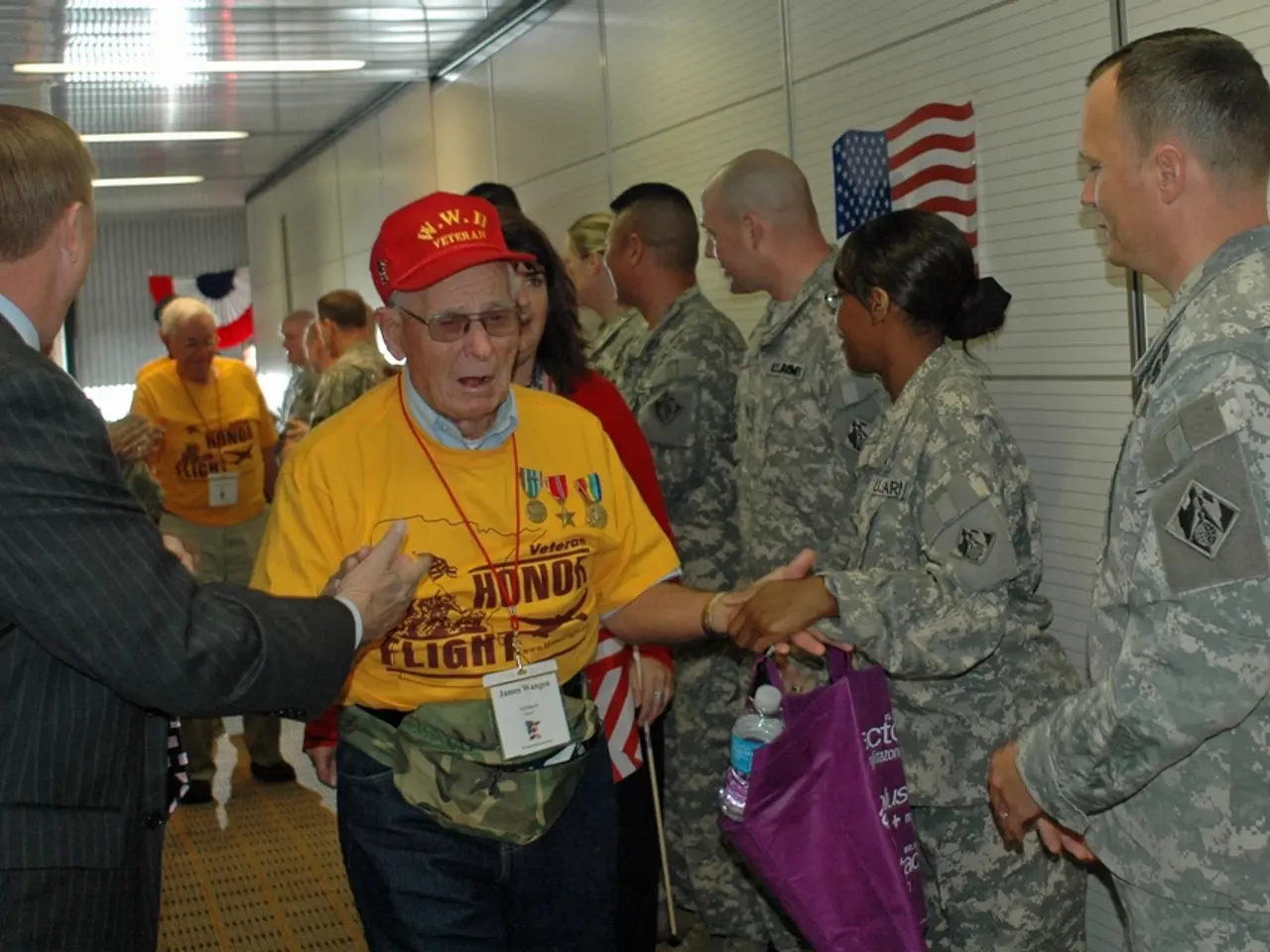Israeli Strike at Gaza Red Crescent Headquarters Results in Worker's Death; Agency Condemns the Attack
In the embattled region of Gaza, aid distribution has become a grim battleground, with flashpoints erupting at newly established sites run by the U.S.- and Israel-backed Gaza Humanitarian Foundation (GHF). The international community is responding with renewed urgency, focusing on ensuring safety for humanitarian workers, unimpeded access to aid, and protective mechanisms led by the United Nations and supported by numerous NGOs.
The United Nations and its agencies, including the UN Office for the Coordination of Humanitarian Affairs (OCHA) and the United Nations Relief and Works Agency (UNRWA), are calling on Israel to restore unimpeded humanitarian access and protect humanitarian staff and premises under international law. UN experts have underscored Israel's duty to safeguard aid workers and uphold the privileges and immunities of UN agencies in Gaza.
Despite severe constraints, many humanitarian partners continue to operate, delivering essential services such as food, protection for victims of gender-based violence, psychosocial assistance, and child protection programs. However, access constraints, fuel shortages, displacement, and insecurity critically endanger both civilians and humanitarian personnel.
Over 200 international organizations have issued joint statements urging an end to Israeli restrictions, including new registration rules that threaten the presence of major aid organizations in Gaza, and the lifting of Israel’s blockade on aid and commercial supplies. These calls emphasize the need to revert to established UN-led coordination mechanisms to facilitate aid delivery and protect aid workers.
Numerous aid organizations, including the International Rescue Committee (IRC), are calling on all parties to respect international humanitarian law, protect civilians, and maintain safe and reliable access routes for aid delivery. They stress the catastrophic impacts of the blockade on medical service provision, shelter, and food security, which indirectly compromise aid worker safety by creating hostile operating environments.
The UN and humanitarian partners employ various protective measures tailored to the challenging context, including adapting mobile safe spaces and employing remote psychosocial support. However, despite these measures, aid workers, especially Palestinian staff, face extreme risks. Gaza has become the deadliest setting worldwide for aid personnel, underscoring the urgent need for enhanced international safety guarantees.
Recent incidents have highlighted the precarious situation of aid workers in Gaza. The victim of a recent strike was a dedicated aid worker carrying out frontline assistance amidst dire crisis conditions. Hundreds have been shot and killed while seeking food at these distribution centers. The killing of a Red Crescent worker at its own Gaza headquarters is a stark escalation that raises serious doubts about the safety of medical and humanitarian operations in the region.
Broader calls are mounting among aid organizations and international bodies for safe corridors, full protection of humanitarian premises, and a halt to militarized aid distribution models. The Palestine Red Crescent Society (PRCS) has demanded independent investigations and accountability for the strike on its headquarters in Khan Younis, Gaza.
In March 2025, 15 medical and rescue personnel, including eight paramedics from PRCS and civil defense teams, were killed in what survivors described as execution-style shootings during Israeli operations near Rafah. Famine conditions risk deepening in Gaza as aid gaps widen and violence escalates, with more than 1,054 civilians having died near these distribution centers since late May.
Medical agencies warn of increasing famine-related fatalities in Gaza. The International Crimes Tribunal of Reparations (ICTR) reports over 333 aid workers killed in 2024-2025, making it the deadliest period on record for assistance personnel. Legal and diplomatic pressure is building toward Israel due to the ongoing crisis in Gaza, with calls for an independent investigation into the escalating violence deeming it incompatible with international humanitarian law.
In this crisis where starvation claims more lives than active conflict, these incidents spotlight not only the human cost of war but also the fragile status of aid amid battleground politics. The situation in Gaza underscores the urgent need for the international community to prioritize safety and unimpeded access for aid workers and civilians alike.
- The United Nations is urging Israel to protect humanitarian staff and premises in Gaza, as per international law, to ensure the safety and efficiency of aid distribution.
- Many aid organizations, including the International Rescue Committee (IRC), are calling for all parties to respect international humanitarian law, maintain safe access routes for aid delivery, and protect civilians in Gaza.
- Broader calls are mounting for safe corridors, full protection of humanitarian premises, and a halt to militarized aid distribution models in Gaza, where aid workers face extreme risks.
- Legal and diplomatic pressure is increasing on Israel due to the ongoing crisis in Gaza, with theInternational Crimes Tribunal of Reparations (ICTR) reporting over 333 aid workers killed in 2024-2025, making it the deadliest period on record for assistance personnel in conflict zones.




